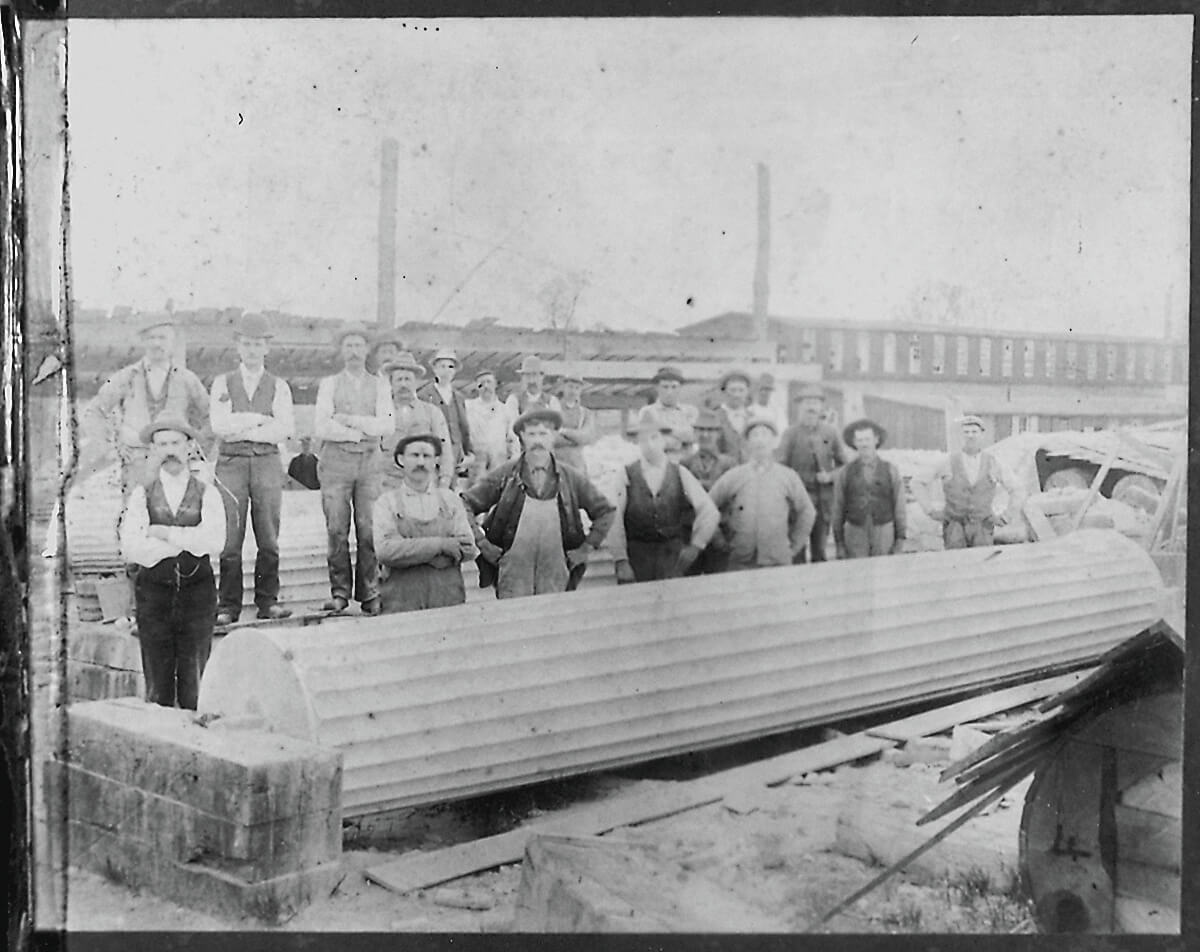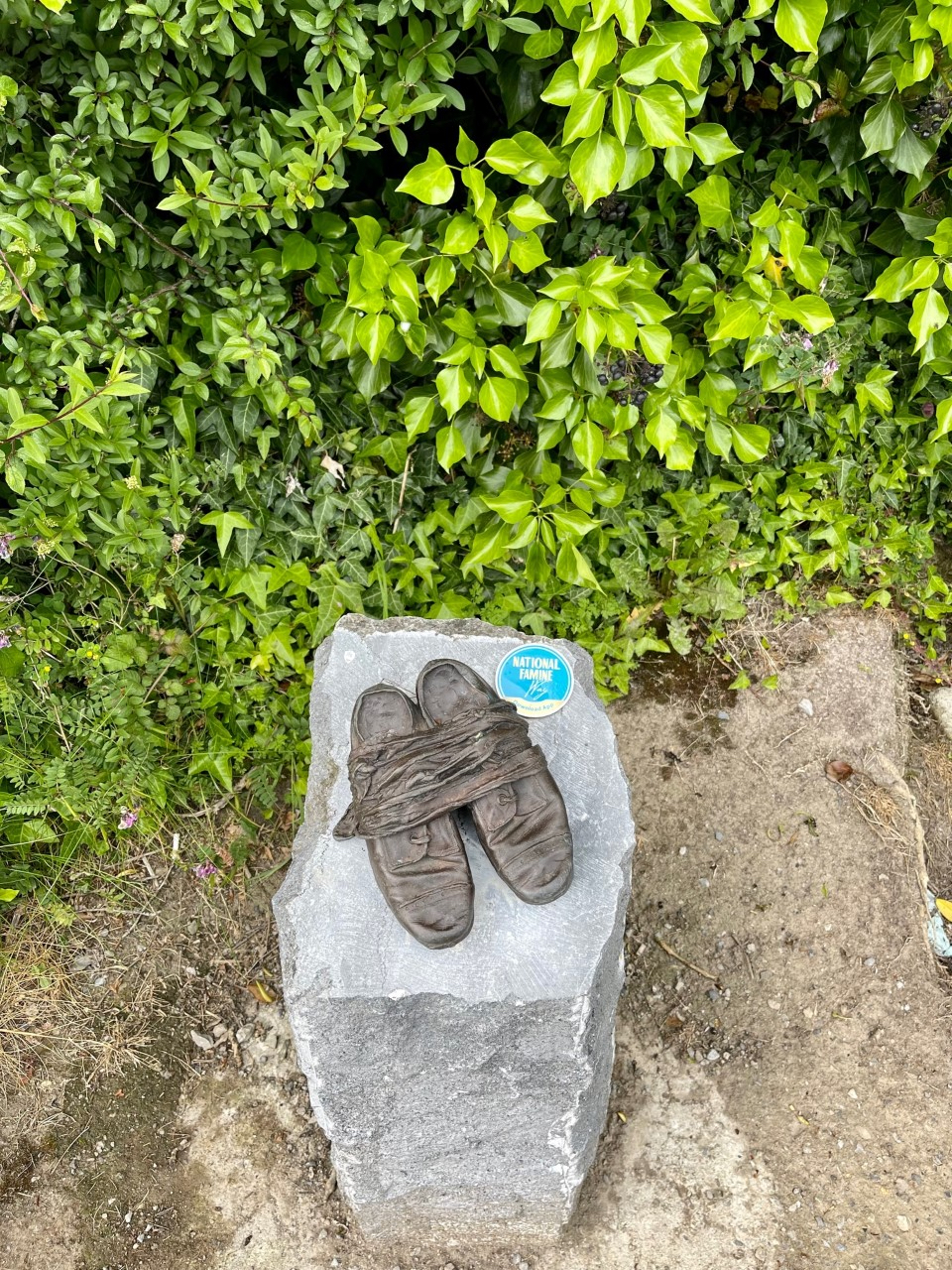Image

Recalling the “Lost” Irish Quarry Town of Texas in Baltimore County
By Ron Cassie, Baltimore Magazine
 —Courtesy of Cassie Kilroy Thompson
—Courtesy of Cassie Kilroy ThompsonAt the height of the Great Famine in 1847, some 1,500 Irish tenant farmers and their families were evicted from their land and made to walk 165 kilometers along the Royal Canal from County Roscommon to Dublin. Among them were 366 men, women, and children—mostly children, in fact—from the village of Ballykilcline, which was in the 13th year of a rent strike against the British Crown.
The Queen’s calvary and police “tumbled” their thatched homes, dispatching them en masse to Liverpool and then New York as part of a forced migration scheme to steal their farms. Officials had labeled the Ballykilcline families “troublemakers,” as neighboring tenants, many of whom had lost loved ones to starvation and famine disease, also began refusing to pay their rent.
Today, their sorrowful trek is marked by 30 pairs of bronze shoe sculptures on the National Famine Way walking trail from County Roscommon to Dublin. (The small bronze statues were cast from a child’s weathered shoes, later discovered by a farmer in a ruined 19th-century cottage.)
 The National Famine Way is a 165km walking trail that traces the footsteps of the men, women and children who were marched from County Roscommon to Dublin in 1847 after they failed to pay their rent. —Photo by Ron Cassie
The National Famine Way is a 165km walking trail that traces the footsteps of the men, women and children who were marched from County Roscommon to Dublin in 1847 after they failed to pay their rent. —Photo by Ron CassieIn a twist of fate, many of these Ballykilcline survivors would end up in Baltimore County, where they would establish an Irish community with the unlikely name of Texas around a promising quarry and the FINISH READING HERE